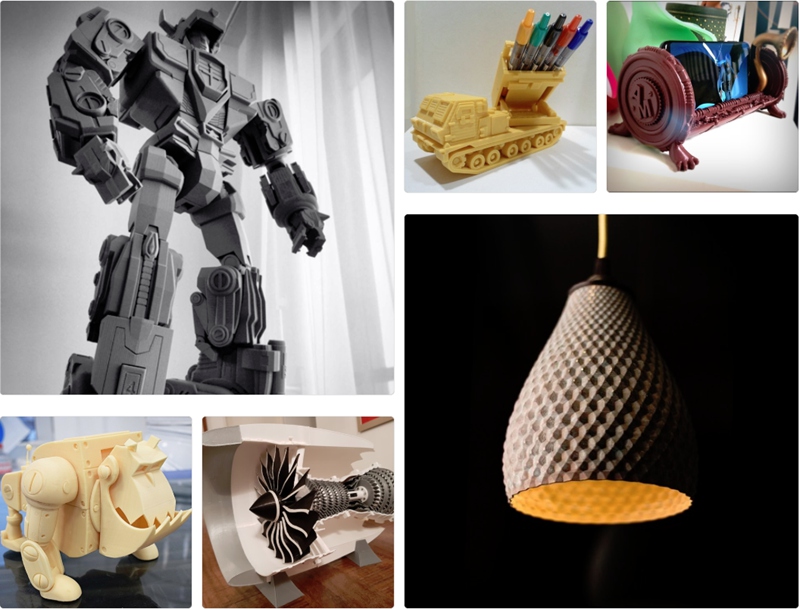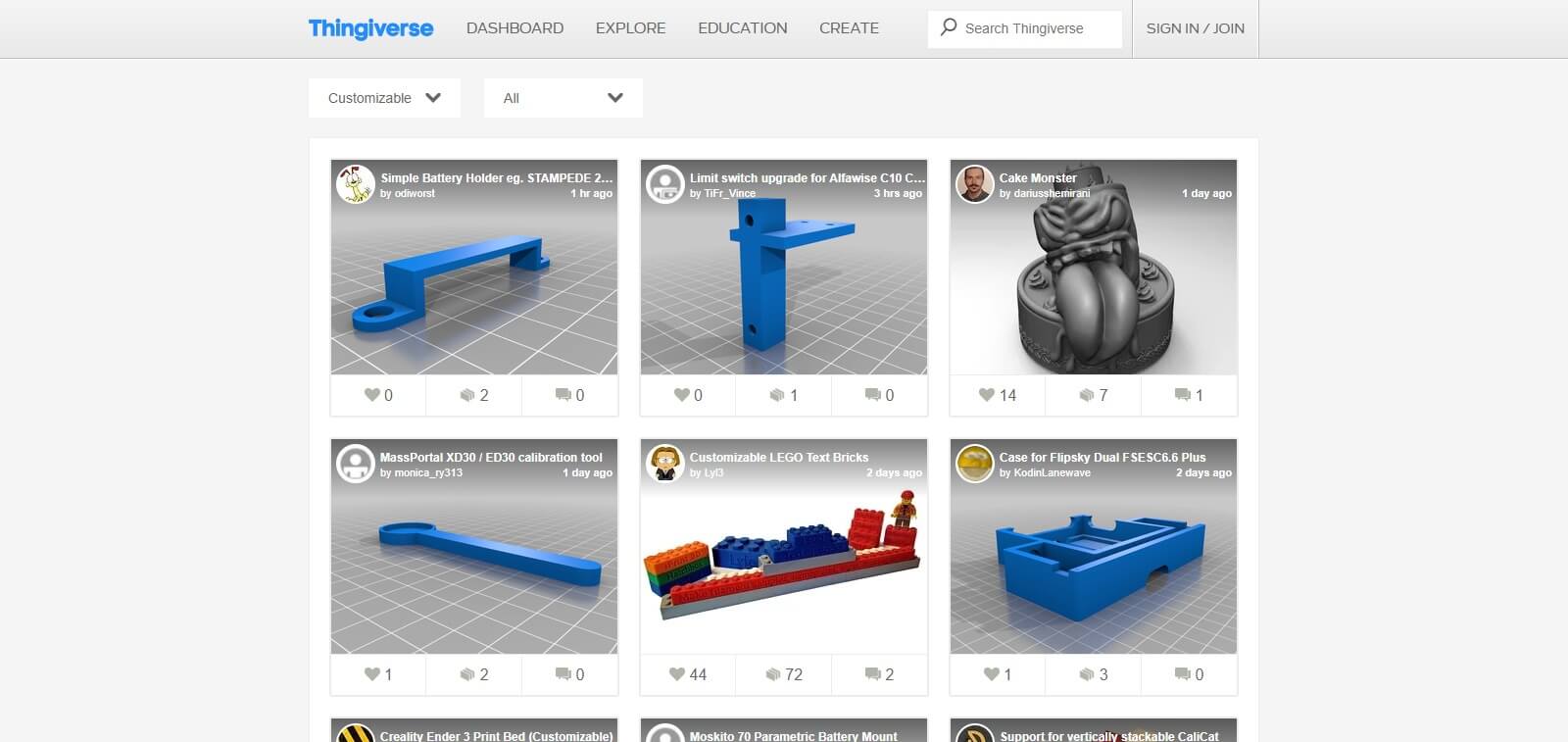
Each type of 3D printing works a little differently. The ISO/ASTM 52900, related to the general principles and terminologies in additive manufacturing, categorizes 3D printing processes into seven distinct groups. See More: What Is DevOps? Definition, Goals, Methodology, and Best Practices How Does 3D Printing Work? Today, 3D printing has transformed into a cutting-edge solution for creating many different types of production components. Soon, thanks to the strides made in the 3D printing space, manufacturing processes were not exclusively owned by enterprises backed by heavy machinery and capital. Progress in materials science and the lapse of numerous patents increased the affordability of 3D printing. The first metal 3D printer was introduced in 1994 by Electro Optical Systems (EOS), a German enterprise.īy the dawn of the new millennium, companies in the 3D printing space were competing fiercely for profits. The first ‘3D printers’ were large and cost-intensive, with their makers competing to land contracts for industrial prototyping with large-scale automotive, consumer goods, health products, and aerospace manufacturers.īy 1987, 3D Systems had introduced the first commercial-grade SLA printer in 1992, Stratasys and DTM released the first commercial FDM and SLS printers, respectively. and Stratasys were pioneering companies in the 3D printing space, founded around the same time.Īfter that, the industry transformed as rapid commercialization took hold of it. Within the same decade, significant strides were made in the US 3D printing space, with patents filed for selective laser sintering (SLS) and fused deposition modeling (FDM). He invented the STL file and founded 3D Systems three years later, in 1987. It was in 1984 that American inventor Charles Hull filed a patent for an ‘Apparatus for Production of Three-Dimensional Objects by Stereolithography’. Both patents were abandoned, with General Electric saying the ‘latter lacked notable business potential’.

Three years later, French inventors Olivier de Witte, Jean Claude André, and Alain Le Mehaute jointly filed a patent for a similar technology. In 1981, Japan’s Hideo Kodama filed the first patent for a machine that leveraged UV light for curing photopolymers. Interestingly, the technology did not garner much interest when it was first introduced. In fact, the original intent of its creation was simply to accelerate the development of new products through swift prototyping. When the base technology was first invented in the 1980s, the term was used to describe it because, at the time, 3D printing was only suitable for creating prototypes rather than production components. The origins of 3D printing lie in ‘rapid prototyping’. For instance, engineers today often use 3D printers for prototyping and creating lightweight geometric objects. Generally associated with the Do It Yourself (DIY) culture of amateurs and hobbyists, 3D printing has grown to include commercial and industrial applications. Instead, it stacks layers of material and fuses them together.ģD printing offers swift product creation, low expenses for the initial fixed infrastructure, and the ability to create complicated geometries using several material types, something traditional manufacturing solutions might not be capable of as efficiently. Conversely, additive manufacturing does not need a mold or material block to create physical objects. The operation style of 3D printing is the opposite of ‘subtractive manufacturing’, where the material is cut out or hollowed using equipment such as a milling machine.

With 3D printing, users can produce complicated shapes without consuming as much material as traditional manufacturing methods require. Each layer can be considered a finely sliced cross-section of the printed item.


In the 3D printing process, sequential layers of material are laid down by the ‘3D printer’ until object creation is completed.ģD-printed objects are created through an additive process, where the printer places layer after layer of material until the desired thing is ‘printed’. 3D printing, also known as additive manufacturing, is a process in which a digital file is used to create a three-dimensional solid object.


 0 kommentar(er)
0 kommentar(er)
